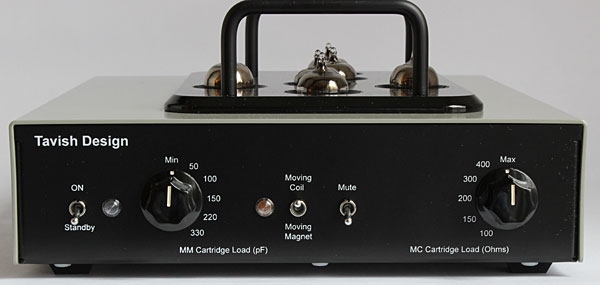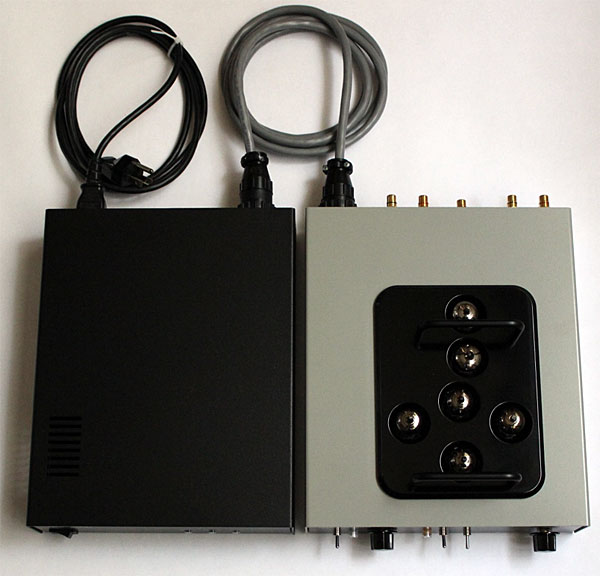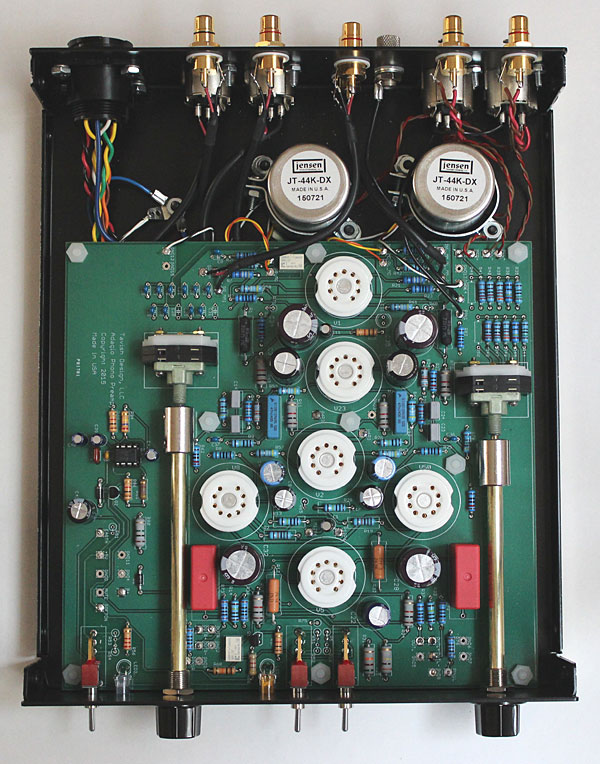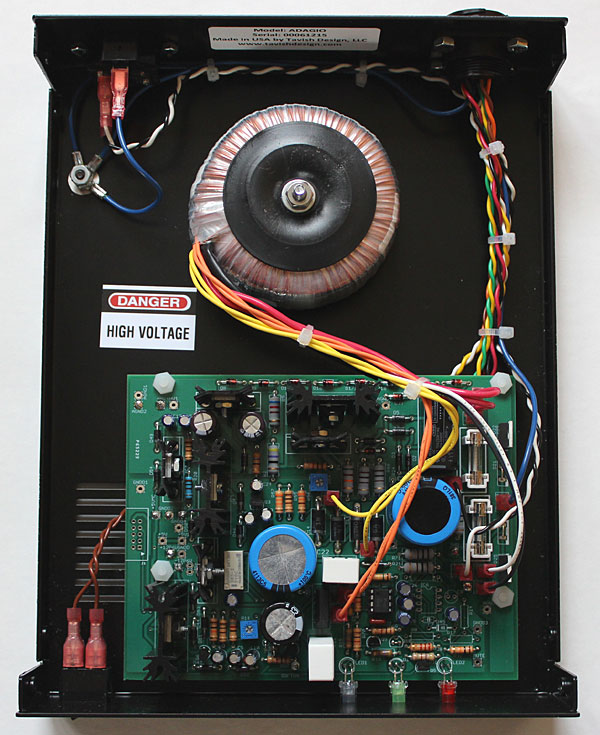| Columns Retired Columns & Blogs |
Dear Art—
I always look forward to your cogent, smart, funny and elegant articles, but in this month's column I find myself confused by a single sentence.
You write: "And in the second movement's upbeat second theme, the color and texture of the woodwinds and strings were to die for (a sentiment with which P. Tchaikovsky was okay, I'm sure)."
I've read this sentence many times, and remain puzzled by what "sentiment" refers to. Attempting the close reading thing, I wondered whether P. Tchaikovsky might have been "okay" with vivid woodwind and string colors and textures, but of course "color" and "texture" here refer to qualities of electro-mechanical sound reproduction, which didn't exist in his lifetime.
I also considered whether "sentiment" might instead refer to "were to die for," an expression that sounds stereotypically gay, at least if you go by some American movies of the 1980s. Of course P. Tchaikovsky was known to be gay, so for a moment I wondered whether you were being humorous. Then I remembered that P. Tchaikovsky was tormented by and persecuted for his homosexuality, and that this persecution probably caused him to commit suicide, and that coming from a straight man a joke on this subject might be construed to be, at the very least, gauche. And so I realized that a writer of prose as cogent, smart, funny and elegant as yours would never joke about a thing such as this.
I remain puzzled, but will keep trying to figure it out. Reading comprehension was never my strong suit.











































